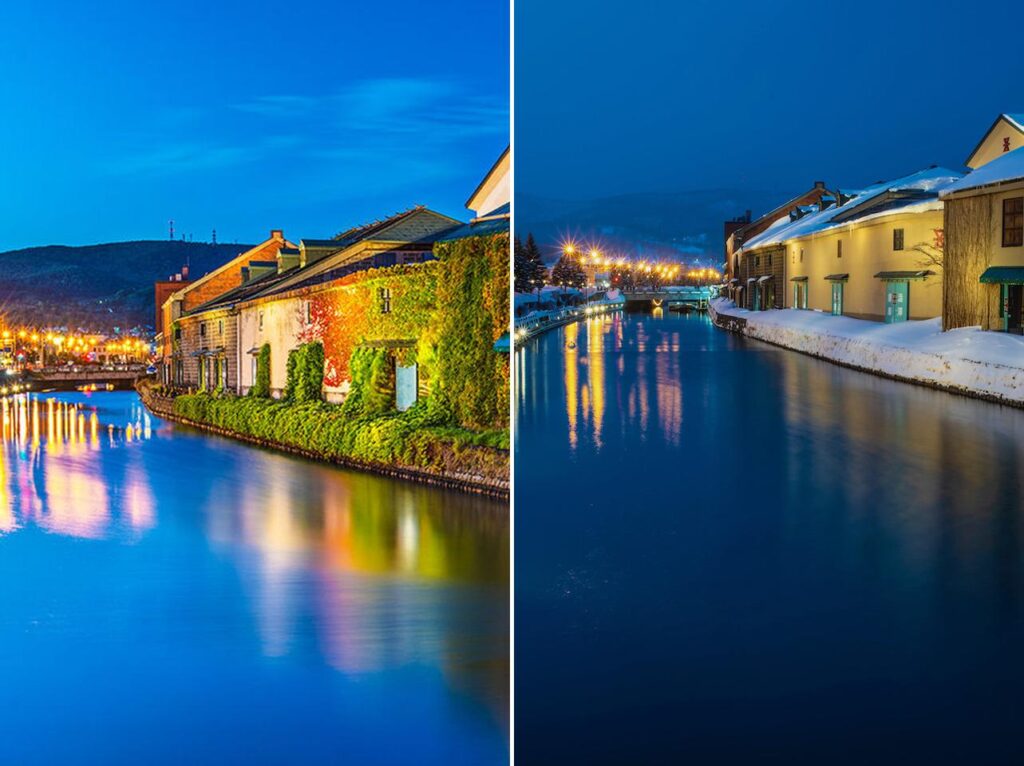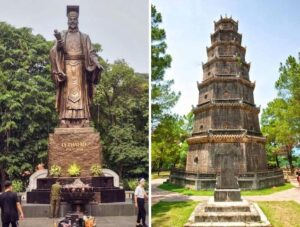Otaru’s Response to Overtourism: Security Measures Amid Tourist Surge

Introduction
Otaru, a charming port city on Japan’s Hokkaido island, is taking significant steps to manage the overwhelming number of tourists expected during the Lunar New Year. Known for its scenic canals and historical architecture, Otaru attracts visitors eager to capture its beauty, especially from the famous Funamizaka slope. However, the city is now grappling with the challenges of overtourism, prompting local authorities to implement new measures to ensure safety and order.
The Need for Security
The decision to hire security personnel comes after a tragic incident where a 61-year-old tourist lost her life while attempting to take a photo on a train track. This unfortunate event has highlighted the dangers of risky behavior by tourists, who often disregard safety in pursuit of the perfect picture. The incident has sparked concern among locals, who have witnessed numerous near-misses as visitors recreate scenes from popular films shot in the area.
Managing Tourist Behavior
To address these concerns, Otaru has deployed security guards at key tourist spots. These guards are tasked with preventing overcrowding and ensuring that visitors respect local customs and private property. Signs in multiple languages, including English, Chinese, and Korean, have been put up to guide tourists on appropriate behavior, such as not blocking roads or trespassing for photos. These measures will remain in place until the end of March, with increased police patrols to support the effort.
Japan’s Broader Strategy Against Overtourism
Otaru’s actions are part of a broader strategy across Japan to manage the impact of overtourism. Other popular destinations, like Kawaguchiko near Mount Fuji, have also implemented measures to control tourist behavior. In Kawaguchiko, a large screen has been erected to block views of the mountain, reducing crowding and littering. Additionally, Japan is promoting etiquette guidance for foreign tourists, encouraging them to be mindful of local customs and to avoid disruptive behaviors.
Conclusion
As Japan continues to attract record numbers of tourists, managing their impact on local communities and environments has become increasingly important. Otaru’s proactive approach serves as a model for other tourist hotspots facing similar challenges. By balancing the needs of visitors with the well-being of residents, Japan aims to create a sustainable tourism model that benefits all.









